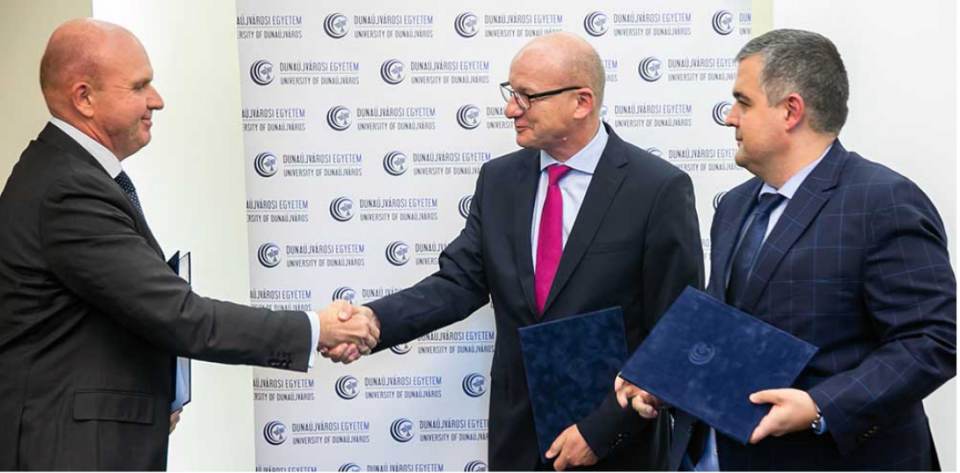Hungary’s ATOMKI orders 3D printer for nuclear research

The Freemelt ONE 3D printer.
Hungary’s Institute for Nuclear Research (ATOMKI) is set to take delivery this year of a 4.6 million Swedish krona ($414,300) electron-beam 3D printer for nuclear material science research.
The printer—the Freemelt ONE model—is manufactured by Freemelt, a Swedish company.
Research plans: ATOMKI intends to use the printer for “research in surface science [and] surface topology, which means creation of new surface structures and composite materials via non-adiabatic [not occurring without heat loss or heat gain] alloying,” according to Kalman Vad, a senior research associate at ATOMKI. “The open architecture and free parametrization of the properties of the [electron] beam makes Freemelt ONE an ideal tool for research purposes.”



